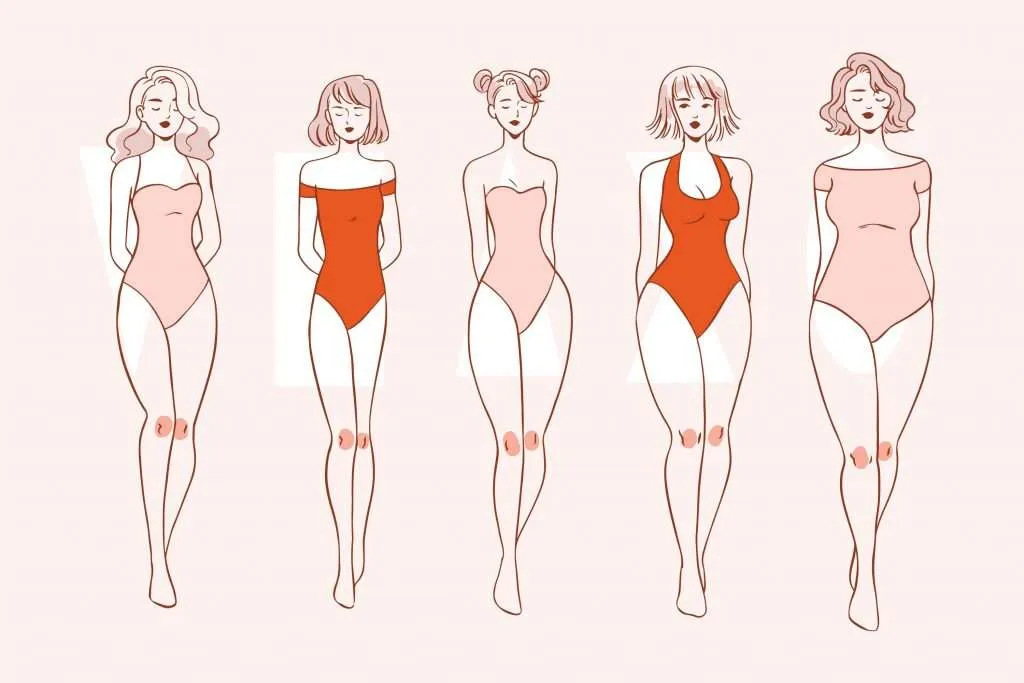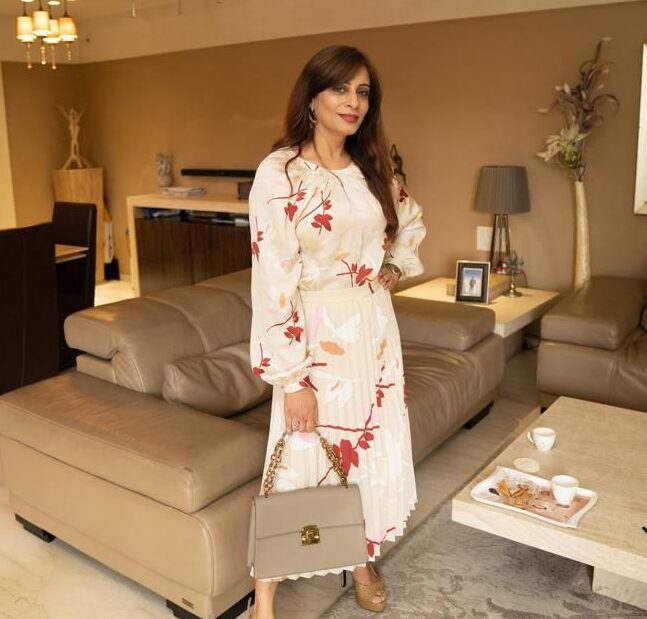Color psychology in fashion: Understanding how colors can influence mood and confidence in your wardrobe choices.
\Colors play a powerful role in our lives, influencing our emotions, perceptions, and behaviors in subtle yet profound ways. In the realm of fashion, understanding the principles of color psychology can empower you to make intentional wardrobe choices that not only express your personal style but also enhance your mood and boost your confidence. In this guide, we’ll explore the fascinating world of color psychology in fashion and how different hues can evoke specific emotions and feelings.
The Psychology of Colors:
Color psychology is the study of how different colors affect human behavior and emotions. Each color has its own unique associations and can evoke a range of emotions, from warmth and tranquility to energy and excitement. Understanding the psychological effects of colors can help you make informed decisions when selecting clothing and accessories for your wardrobe.
Key Colors and Their Meanings:
- Red: Red is a bold and powerful color that is often associated with passion, energy, and confidence. Wearing red can evoke feelings of excitement, vitality, and assertiveness, making it an ideal choice for making a statement or commanding attention.
- Blue: Blue is a calming and serene color that is often associated with tranquility, trust, and stability. Wearing blue can evoke feelings of relaxation, confidence, and reliability, making it a popular choice for professional attire and formal occasions.
- Yellow: Yellow is a cheerful and uplifting color that is often associated with happiness, optimism, and positivity. Wearing yellow can evoke feelings of joy, optimism, and enthusiasm, making it a great choice for adding a pop of color to your wardrobe and brightening up your day.
- Green: Green is a refreshing and rejuvenating color that is often associated with nature, growth, and harmony. Wearing green can evoke feelings of balance, renewal, and vitality, making it a soothing choice for everyday wear and outdoor activities.
- Purple: Purple is a regal and mysterious color that is often associated with luxury, creativity, and spirituality. Wearing purple can evoke feelings of sophistication, inspiration, and imagination, making it a versatile choice for both casual and formal occasions.
- Neutral Colors: Neutral colors like black, white, gray, and beige are timeless and versatile choices that can convey a sense of elegance, sophistication, and simplicity. These colors provide a classic backdrop for any wardrobe and can be easily mixed and matched with other hues to create cohesive and stylish outfits.
How Colors Influence Mood and Confidence:
The colors you choose to wear can have a significant impact on your mood and confidence levels. Wearing colors that resonate with you and align with your personal style can uplift your spirits, boost your self-esteem, and enhance your overall sense of well-being. Conversely, wearing colors that clash with your personality or make you feel uncomfortable can have the opposite effect, leaving you feeling self-conscious and out of sync with yourself.
Tips for Incorporating Color Psychology into Your Wardrobe:
- Know Your Color Preferences: Pay attention to the colors that make you feel happy, confident, and empowered. Experiment with different hues and shades to discover which colors resonate with you and reflect your personal style.
- Consider the Occasion: Tailor your color choices to suit the occasion and context. For professional settings, opt for classic and understated colors like navy, black, and gray. For social events or creative endeavors, feel free to experiment with bolder and more vibrant colors that express your personality and individuality.
- Mix and Match: Don’t be afraid to mix and match different colors and textures to create visually interesting and harmonious outfits. Experiment with complementary color combinations and unexpected pairings to add depth and dimension to your wardrobe.
- Trust Your Instincts: Ultimately, trust your instincts and intuition when it comes to selecting colors for your wardrobe. Choose colors that make you feel confident, empowered, and authentically yourself, and don’t be afraid to embrace your unique sense of style and individuality.



